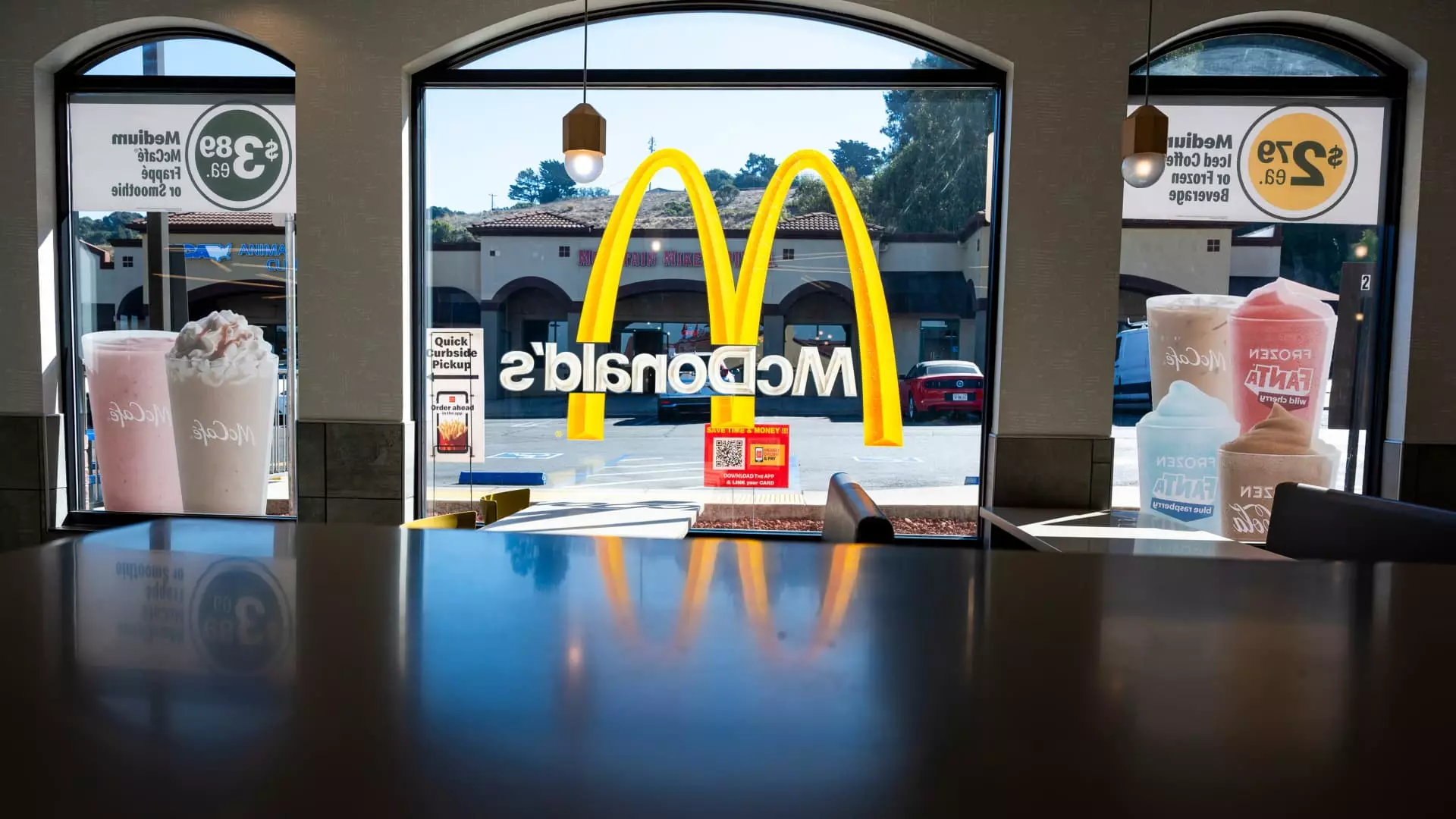The restaurant industry is gearing up for a dynamic and tumultuous year ahead, marked by a challenging start in early 2025 that left many industry players grappling for stability. Unfavorable weather conditions, including extreme cold and wildfires, coupled with cautious consumer behavior, have led to a less-than-ideal outlook as executives navigate the shifting landscape. This article delves into the current state of the restaurant industry, examining consumer trends, sales projections, and how major chains are adapting to these challenges.
Despite facing significant setbacks, certain restaurant chains have reported an uptick in sales towards the end of the previous year. Brands such as Burger King and Popeyes, under the umbrella of Restaurant Brands, noted improvements in their fourth-quarter performance. The increase can be attributed largely to value-driven offerings that successfully drew consumers back from their home kitchens. Even industry giants like McDonald’s experienced a growth in domestic traffic, albeit accompanied by a 1.4% drop in same-store sales. This situation underscores the industry’s precarious balance between attracting returning diners and addressing plummeting sales figures.
However, the optimism surrounding these trends swiftly reversed in January. Industry experts noted a downturn in traffic amidst adverse weather conditions, and many brands began to recalibrate their expectations. Wendy’s Chief Financial Officer, Kenneth Cook, projected a challenging climate ahead, attributing some of their struggles to overarching industry traffic headwinds. While fast-food net sales rose modestly by 3.4%, this growth marked a decline from the prior month’s impressive figures, suggesting a cautious consumer sentiment.
The current economic landscape reveals an increasingly discerning consumer, driven by a blend of uncertainty and a quest for value. Subway U.S. President Doug Fry articulated this sentiment, emphasizing that consumers are reluctant to compromise on quality, portion size, and overall value. As inflationary pressures mount, households are prioritizing finding the best value for their dining experiences, which poses both a challenge and an opportunity for restaurants. Maintaining quality while ensuring affordability will be crucial as chains fight for consumer loyalty in an ever-competitive market.
Anticipating Sales Growth Amidst Challenges
Looking ahead, there is a cautious optimism about potential sales growth as the year progresses. Many analysts project that comparisons to last year’s significant declines will ease during the summer months. This recovery is vital, particularly following a series of negative monthly traffic reports that characterized the previous year. Restaurant Brands’ CFO, Sami Siddiqui, expressed a forward-looking perspective, eagerly awaiting a turnaround in industry performance later in the year. However, challenges remain, particularly for Chipotle, which reported a noticeable impact on its traffic due to the weather and a series of unfortunate timing events.
The mention of wildfires impacting Chipotle’s January performance highlights the dependency on external factors beyond the industry’s control. Chipotle’s projections for the first quarter indicate a flatter sales environment, with expectations of weaker performance compared to a previous year bolstered by successful promotions. The volatility of external conditions places an additional layer of pressure on restaurants striving for stability in a fluctuating market.
The broader economic landscape, shaped by political dynamics and trade policies, adds further complexity to the current situation. While many chains like Chipotle are presently navigating the uncertainties of potential tariffs and import costs, there has yet to be a significant immediate impact on their operational outlook. Nevertheless, consumer sentiment is faltering, reaching a seven-month low as fears of increasing prices loom large. The Department of Labor noted a startling rise in away-from-home food prices, which may further dampen dining out experiences.
Major chains, including McDonald’s and Starbucks, continue to monitor consumer behavior closely, adjusting strategies as needed. McDonald’s anticipates a rebound in sales as the year unfolds, banking on the underlying consumer recovery. In contrast, Starbucks faces extended hurdles; experiencing four consecutive quarters of declining same-store sales has resulted in adjustments to its fiscal outlook.
The restaurant industry stands at a critical junction as 2025 unfolds. While initial burdens weigh heavily, the adaptability of chains is essential in navigating this unpredictable terrain. The hope for a resurgence hinges on improving consumer sentiment, addressing inflationary pressures, and enhancing value offerings that attract diners. As restaurants strategize their paths forward, balancing operational stability with innovative solutions will be vital for sustainable success in an evolving marketplace. With multiple external factors at play, it remains a waiting game for many as they adjust to the challenges ahead, poised for growth amid the uncertainties that lie ahead.

